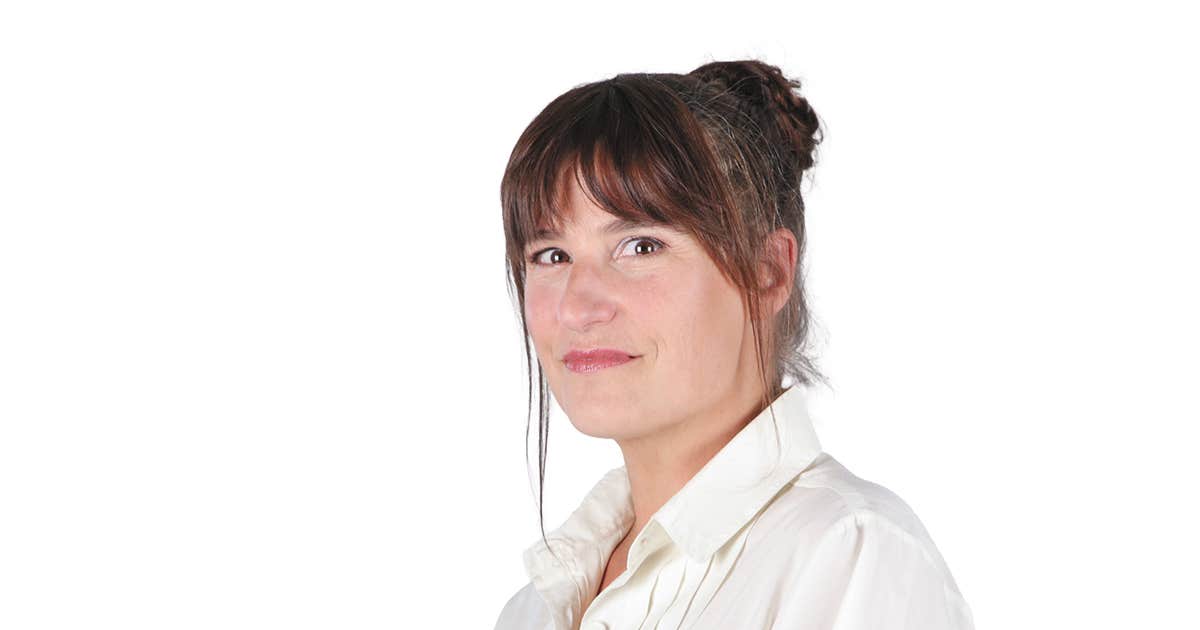“It’s the most beautiful job in the world!” exclaims Raymond Devos in his monologue entitled The artist. This clever text tells the story of an artist who tries to stand on the boards of a stage as if it were a raft in the open sea. It is also in this poetic-comic number that we can hear this amusing and unfortunately true passage: “Ladies and gentlemen, the rotten board on which I had the honor of sinking for the last time in front of you this evening was sponsored by the Ministry of Culture! And it is sinking with the subsidy!”
But let’s leave Devos’ comic genius and the importance of subsidizing artists aside; this will certainly be the subject of another column one day, have no doubt about it. Let’s instead return to the meaning of the first sentence. I am an artist and I am convinced that I have the most beautiful job in the world.
Thanks to this marginal work, I traveled to France, Belgium, Italy, the United Kingdom, Switzerland. I saw Western Canada, I traveled the length and breadth of Quebec. Each time, I met passionate people, lovers of the arts and convinced of the fundamental importance of culture.
So it was on the occasion of the Festival d’humour émergent (FHE) that I returned to Abitibi-Témiscamingue, more precisely to Rouyn-Noranda. It is this fabulous city that I want to talk to you about today. Located nearly 630 km northwest of my native Montreal, this mining town in the heart of the forest, clinging to the shores of Lake Osisko (which means “muskrat” in Algonquin), where Aboriginal people lived for more than 8,000 years before the arrival of settlers, where the industrial society of the early 20th centurye century discovered soils so rich that it ripped open the earth to extract precious metals, has become over time a pearl of cultural dynamism.
Lately, when the media talks about Rouyn-Noranda, it is primarily to report on the environmental problems caused by arsenic emissions linked to the Horne smelter. Rightly, the actions of the multinational Glencore, which owns the plant, are being monitored. There is concern about whether the city can survive a possible closure of the industrial complex. Copper production has long been the livelihood of the entire region. So much so that a daycare centre located a few hundred metres from the smelter is called Anode magique, in reference to the copper anodes produced at the plant.
It was through the work of Richard Desjardins, in 1990, that I discovered the existence of the foundry, in the sublime song And I slept in my car.
“I hear the foundry rushing / For those who don’t know / They burn rock there / And tons of good guys / The big chimneys / Eternal as hell / When the gas got me / I came all upside down / Do you hear the rumor / The law of the company? / “You’ll have to die / If you want to live my friend.”
So it was only natural that when I arrived in Rouyn-Noranda, I wanted to see the foundry up close. Impossible to miss, the large chimneys that Desjardins talks about dominate the city. A bit like the Eiffel Tower, they serve as landmarks when we walk through the streets. But it was precisely while walking there that I discovered much more than an industrial city. First of all, I came across dozens of murals and sculptures. A quick search on the city’s lovely website reveals that this is a public art circuit whose works were created by local artists.
As I wander around, I discover the Livresse bar-bookstore. A colorful, calm and inviting place, where the smell of new books mixes with that of a freshly brewed espresso. Behind the counter, the owner and an employee, who came from France especially to live and work in Rouyn-Noranda, confirm to me that the cultural life there is abundant.
Moreover, I only need to catch the program of the Théâtre du cuivre to discover the variety of artists who are invited there all year long. Then, I come across the rich and diverse programming of the Petit Théâtre. I also take the opportunity to eat at a terrace on rue Principale, which has become a pedestrian zone for the summer. They are busy setting up small outdoor stages on which artists will perform during the summer months.
I am captivated by this city of some 43,000, whose cafés, bars and parks are transformed into stages that offer culture for all tastes and budgets. When I ask people what they think of the foundry, they all seem to have a love-hate relationship with the beast. But if I ask them what they are most proud of, they all tell me it is the cultural vitality of their city.
There is reason to be proud! For over forty years, Rouyn-Noranda has seen its cultural offerings explode, with leading figures such as the Festival de musique émergente (FME) and, since 1982, the famous Festival du cinéma international en Abitibi-Témiscamingue. I will leave you with the quote that can be read on a plaque at the entrance to the Théâtre du cuivre. It is by Serge Gainsbourg and contains a mistake that we thought was best left as is and which adds a bit of poetry.
“That’s the height of snobbery: refusing Cannes, Venice, Berlin… and coming to Rwanda. That’s classy!”
